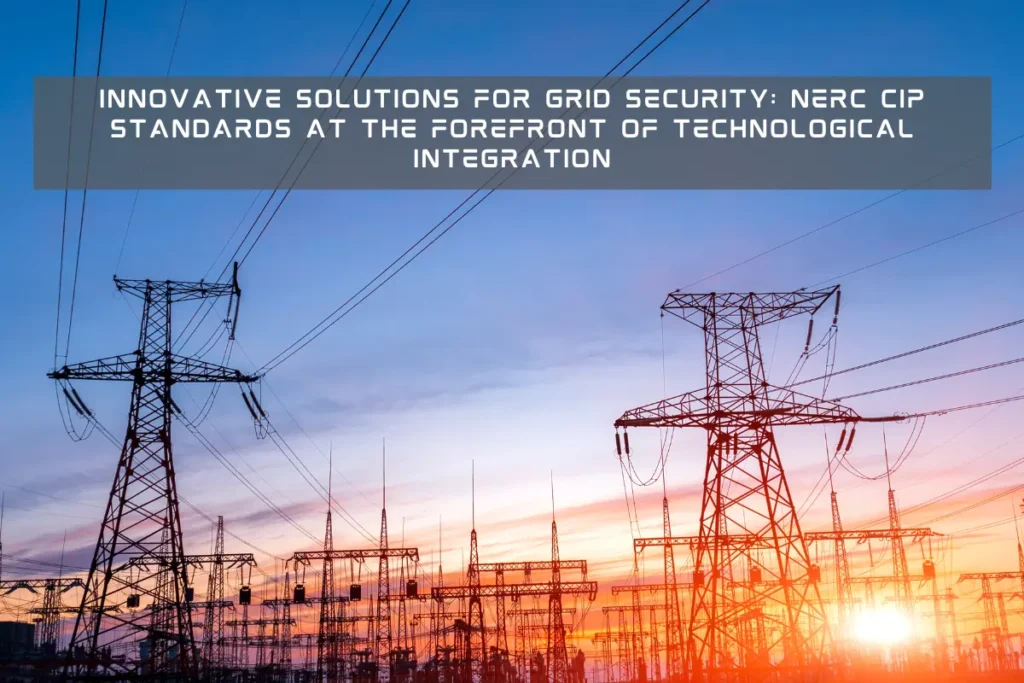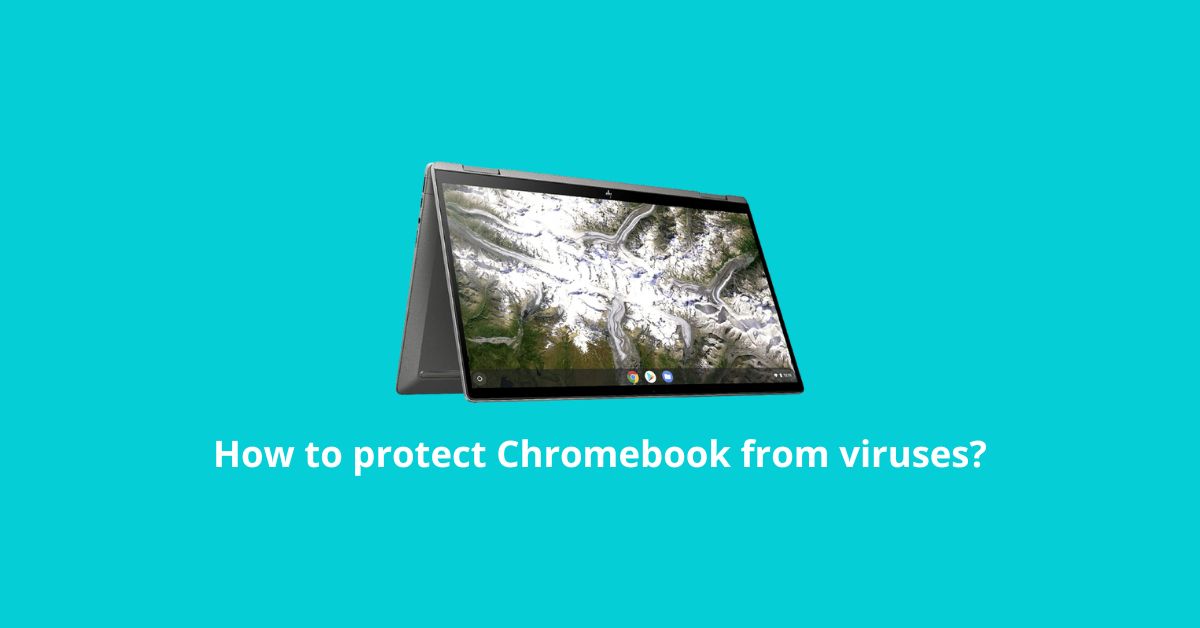The modern electrical grid faces unprecedented threats from cyberattacks that could cripple critical infrastructure and endanger lives. As malicious actors unleash increasingly sophisticated strikes, grid security has become paramount.

At the forefront of safeguarding North America’s power systems are the North American Electric Reliability Corporation (NERC) Critical Infrastructure Protection (CIP) standards. While these regulations provide a strong foundation, rapidly evolving dangers demand constant vigilance and innovation.
The Vital Role of NERC CIP Regulations
Guarding against emergent threats are the NERC CIP regulations. As mandatory for over 2000 utilities in North America, these regulations cover everything from security management to incident response. Facilities must undergo rigorous audits to prove CIP compliance.
Failure to adhere can warrant steep fines of up to $1 million daily. By enforcing strong protections, NERC CIP standards aim to harden grid security from the inside out. But simply meeting baseline requirements is not enough when fast-evolving attacks necessitate constant innovation.
These regulations, mandatory for more than 2000 utilities across North America, play a pivotal role in fortifying the cybersecurity posture of the energy sector. Delving into the key aspects and implications, it becomes evident that NERC CIP standards serve as a comprehensive framework for ensuring the reliability and security of the electric grid.
The Growing Threats to Grid Security

Total Number of Confirmed Data Breaches by Industry Source: Statista
Over the past decade, cyber assaults on the energy industry have exploded by over 1000%, according to the U.S. Department of Energy. The World Economic Forum now lists a major strike against power infrastructure among the top global risks. Both state-sponsored attackers and criminal groups constantly probe utilities for vulnerabilities.
Insufficiently secured networks, devices, or code provide pathways for intrusions. Once inside, adversaries could manipulate control systems, sabotage equipment, or shut down power generation. The potential fallout from such incidents makes grid security an issue of national security.
Integrating Cutting-Edge Technology into Grid Security
With NERC CIP standards providing a robust groundwork, integrating advanced technology takes center stage. The path forward lies in leveraging bleeding-edge innovations to outmaneuver threats. A survey by Deloitte revealed 84% of utility executives already prioritize cybersecurity initiatives to help secure infrastructure.
Additionally, the Industrial Internet Consortium predicts a $60 billion global market for energy IoT by 2024. This mounting investment indicates Recognition across the industry that infrastructure security demands technology adoption. Modern grid defense requires predictive, proactive, and integrated systems to counter sophisticated dangers.
Innovative Approaches to Bolstering Grid Security Posture
Myriad innovations show promise for hardening energy grids against strikes. Here are some at the forefront:
Advanced Threat Detection
In 2020, IBM reported a 40% annual increase in cyberattacks on the energy sector. With threats multiplying, early threat detection is crucial. AI and machine learning algorithms provide unmatched analytics scalability to identify anomalies in data flows.
Data masking for cybersecurity can enhance this. By recognizing emerging risks, grid overseers gain vital time to evaluate and respond appropriately.
Secure Communication Protocols
Data breaches often arise from insecure grid communication networks. The Ponemon Institute found 56% of utilities surveyed fell victim to such incidents.
However, implementing rigorous protocols like Transport Layer Security (TLS) 1.3 slashes this vulnerability by encrypting device communications and authenticating connections. This prevents data interception or manipulation attempts.
Enhanced Resilience and Recovery
The U.S. Department of Homeland Security determined cyberattacks cause approximately 32 days of downtime for power grids. This represents an unacceptable risk. Microgrids, decentralized renewable sources, and redundant infrastructure components make systems resilient against disruptions while ensuring continuous service provision.
Additionally, response plans that immediately isolate threats can dramatically accelerate recovery.
Blockchain for Data Integrity
By providing immutable, decentralized records, blockchain establishes trust in data validity across energy systems. The technology’s transparency helps securely manage transactions while reducing reconciliation issues. Blockchain shows immense promise for enhancing confidence in critical network operations.
The Continual Challenge of CIP Compliance
Despite significant security advantages, implementing innovations poses technology integration and compliance challenges. Organizations must regularly reassess protections against updated threats while avoiding workflow disruptions from new systems.
Additionally, adding solutions requires ensuring adherence to stringent NERC CIP requirements. Continuous collaboration with auditors facilitates smooth adoption of cutting-edge defenses without opening compliance gaps. Proactive planning and evaluation will grow increasingly vital as threats evolve.
Real-World Success Stories
Real-world examples validate the potential for security technologies to harden grids against attack. One Midwest utility company deployed an AI-based solution for contextualizing and prioritizing anomalies. This improved threat detection rates by over 50% while creating manageable alert volumes.
Meanwhile, a major Western power provider added microgrid capabilities and grid partitioning. By isolating vulnerable zones quickly during incidents, this enhanced resilience while meeting NERC CIP standards. Such successes highlight the power of technology to boost security.
As grids come under increasing fire, staying at the vanguard of protection necessitates embracing innovations. While NERC CIP compliance forms the first line of defense, integrating new solutions forms the next phase in the endless battle to secure critical infrastructure.
Frequently Asked Questions (FAQs)
What are the key differences between NERC CIP standards and other cybersecurity frameworks?
NERC CIP standards specifically focus on the electric utility industry and grid cybersecurity. Other frameworks like NIST cover cybersecurity more broadly across sectors. Additionally, NERC CIP regulations are mandatory for applicable entities while other frameworks are voluntary.
How do AI and machine learning technologies contribute to grid security enhancement under NERC CIP standards?
AI and machine learning allow electric utilities to extract insights from massive data sets to identify threats in real-time. This strengthens compliance with NERC CIP requirements related to analytics, monitoring, and incident response. The scalability of these technologies is crucial for keeping pace with growing threats.
Are there any potential drawbacks or risks associated with blockchain integration in grid security?
Experts highlight concerns like technology maturity, scalability constraints, and managing blockchain infrastructure itself as vulnerabilities. Additionally, appropriate implementation that aligns with NERC CIP protections remains essential for realizing advantages while avoiding new risks. Careful evaluation and planning mitigates downsides.
By integrating leading-edge solutions with existing protections, grid stakeholders can collaborate to secure North America’s critical electricity infrastructure against intensifying threats.
Staying at the forefront of innovation while ensuring robust conformance with foundational NERC CIP safeguards is key to this mission vital to national security. There is no room for complacency in the face of attacks growing in speed, scale, and sophistication.





